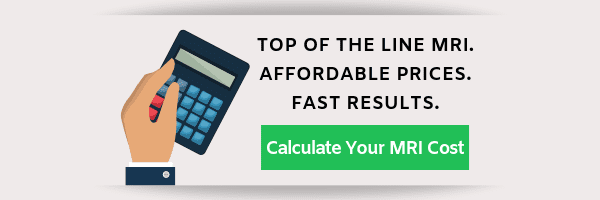A low back MRI creates detailed images of your spine and the soft tissue surrounding it. These images come in slices, and they can be used to detect, diagnose, and guide treatment for a number of issues. Here’s what you need to know about magnetic resonance imaging for the lower back.
Symptoms That Can Require a Low Back MRI
Diagnosing lower back issues can be complicated, and when your healthcare provider cannot figure out what’s happening, they may recommend an MRI. In particular, you may need a low back MRI is you are suffering from any of the following issues:
- Inability to urinate or defecate
- Fecal or urine incontinence
- Difficulty walking
- Trouble with balance
- Severe lower back pain, especially with children
- Birth defects related to the lower back or lumbar spine
- Pinched nerve due to sciatica or spinal stenosis
- Back pain due to injuries
- Weakness or tingling in your legs that doesn’t respond to treatment
- History of cancer or other signs of cancer
- Symptoms of infection such as back pain accompanied by a fever
Note that lower back pain is extremely common. If your only symptom is back pain, your doctor may recommend exercise and pain medication. Then, if the pain doesn’t get better within four to six weeks, you may want to think about a low back MRI at that point. If you are going to have lower back surgery, you also need an MRI so that the surgeon can plan the operation.
The MRI Process
When you get a low back MRI, you lie on a bench that goes into the MRI machine. Then, the equipment moves around your body to capture images. The process is absolutely pain-free, but some patients aren’t comfortable with the close quarters or the noises. If you anticipate feeling uncomfortable, talk with your doctor about getting an anti-anxiety medication. Before the MRI, the technician will either inject the contrast dye or have you drink it.
Risks of Low Back MRI
MRIs use significantly less radiation than X-rays, and beyond that, MRIs don’t use ionizing radiation. As a result, they are safe for even children. To date, no adverse side effects have been reported due to the magnets or radio waves used in MRIs. However, some people are allergic to the contrast dye, but medication can help to subdue or eliminate allergic reactions.
Preparing for an MRI
Before your MRI, you usually don’t need to fast or do anything special. However, you should follow any instructions given to you by your doctor. Let your doctor know if you have any metal in your body such as implants, and don’t wear cosmetics because they often contain trace metals.
After the Low Back MRI
An MRI is an outpatient procedure. After your low back MRI, you can go home or return to work. However, if you have had a sedative or anti-anxiety medication, you may not be able to drive, and you may want to pare down your to-do list for the rest of the day. The images can be available to view on the day of treatment, but that can vary depending on your situation.
Keep in mind that your doctor may need some extra time to review the images. Usually, you should schedule a follow-up appointment for a week or a few weeks after your initial test.
To set up a low back MRI, contact us today. At American Health Imaging, we can accept appointments from individual patients, but we also take doctor’s referrals.

